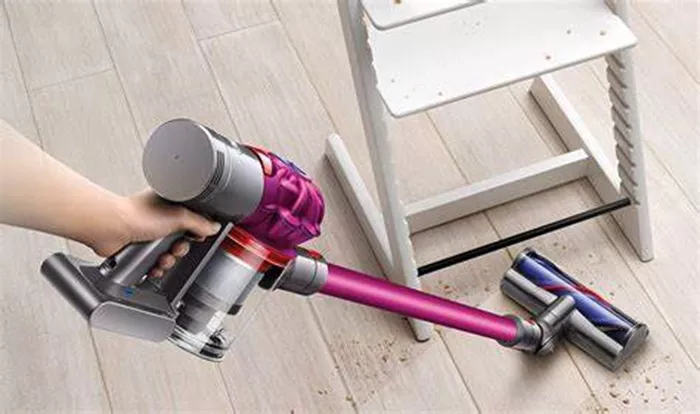Fuzzy Logic Robotics aims to democratize industrial robotics by enabling non-experts to create, simulate and control robotic cells in real time through its no-code software.
Together, Fuzzy Logic and Visionic are removing technical and financial barriers to robotization in applications that were previously unheard of or considered impossible, such as pressure washing and sterilization of engine parts in the aviation industry.
The aviation industry is a demanding industry that requires extremely strict and standardized industrial processes. For example, machined engine parts must be free of particles before assembly, which requires meticulous cleaning at extremely high pressures.
These noisy and arduous processes are currently performed manually. Operators are exposed to high-pressure water jets of up to 60 bars, contamination and noise, and are at high risk of developing musculoskeletal disorders.
Aviation manufacturers and subcontractors have difficulty recruiting candidates for these positions, which are also highly regulated and their difficulty is closely monitored by unions.
To reduce the difficulty of these tasks, manufacturers are looking to automation. However, they face the complexity of robotization, which mainly stems from the variety and volume of parts, the cost of experts, and the scarcity of robotics experts.
To solve these specific and complex problems, Visionic designed a robotic cell that includes the chassis, robot, high-pressure hydraulic circuit, filtration system and closed-loop particle recovery system. It is controlled by Fuzzy Studio.
It is unique in the market and allows the robotization of these complex tasks without robot programming expertise and at a low cost.
Generating robot trajectories requires lengthy and complex programming by roboticists. For applications such as high-pressure washing of aerospace parts involving a large number of parts with different geometries, the automation process is even more complex.
With Fuzzy Studio, these complex trajectories can be automatically generated in just a few clicks using the 3D information of the objects placed in the virtual cell.
An unlimited number of waypoints can be added to these trajectories. This feature saves users a lot of time and frees them from the dependence on roboticists.
“The key elements of the Fuzzy Logic software are its ability to generate automatic trajectories, its simplicity and its speed of execution,” said Xavier Savin, CEO of Visionic.
“In this complex application, it introduces a completely new paradigm, which is very different from traditional systems that require robot operators.” Here, the reward for our customers is the transformation of a tedious, high-risk, non-value-added task into a simple operator task. ”
“With Fuzzy Studio, validation of the integration specifications takes minutes instead of days or weeks, and is much less expensive. The cell sizing information is displayed to facilitate decision making, and then real-time robot control is performed using Fuzzy RTOS.”
“Parameters can be quickly modified in simulation. These advantages are unique in the market and significantly reduce the investment risk of robotic projects. They make robotization possible in areas that would otherwise have seemed impossible.”
A reuse project of the cell is ongoing in the aerospace sector. Looking further into the future, we hope to expand the solution to other industrial applications, such as welding or control.
“It is applicable wherever complex robot trajectories need to be generated quickly.
At Visionic, we strongly believe that Fuzzy Logic’s software will not only benefit our customers, but also our R&D. It brings us a huge technological advantage.
Related topics:
- Tineco Unveils Exclusive Amazon Pet Day Deals on Powerful Pet Vacuums
- What’s the Newest Dyson Vacuum Cleaner?
- What Is the Best Vacuum Cleaner to Buy?

